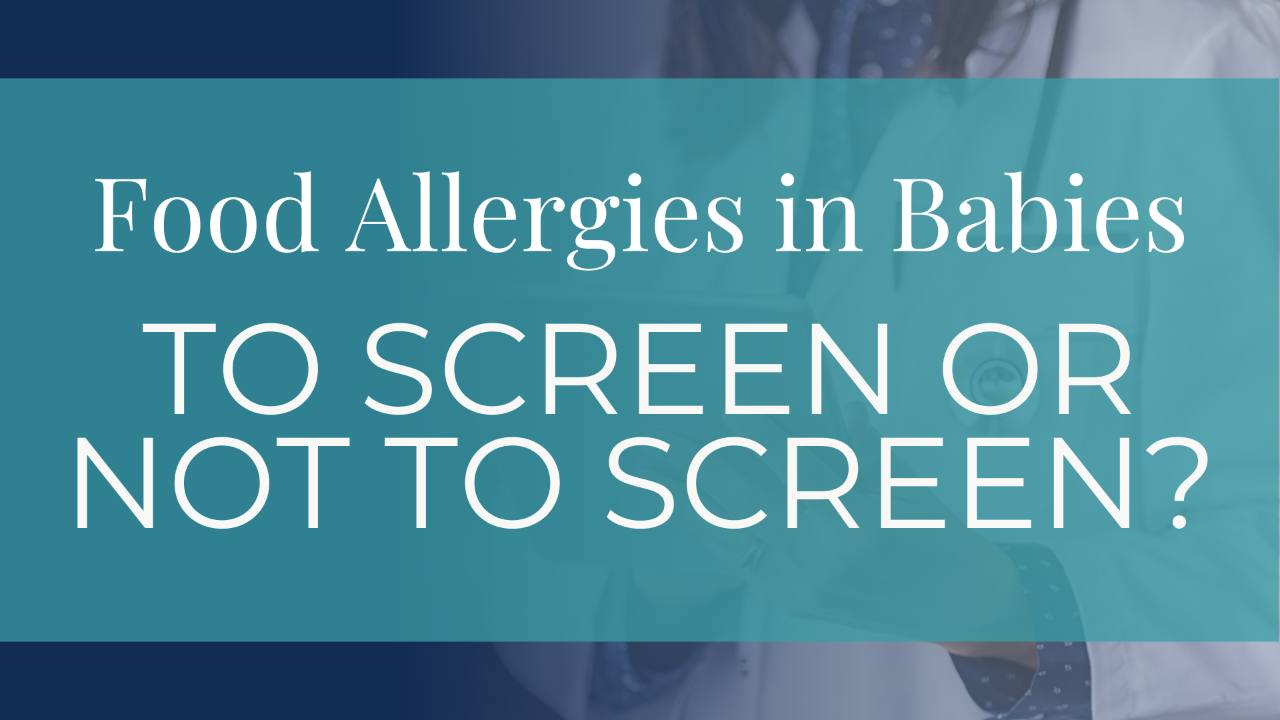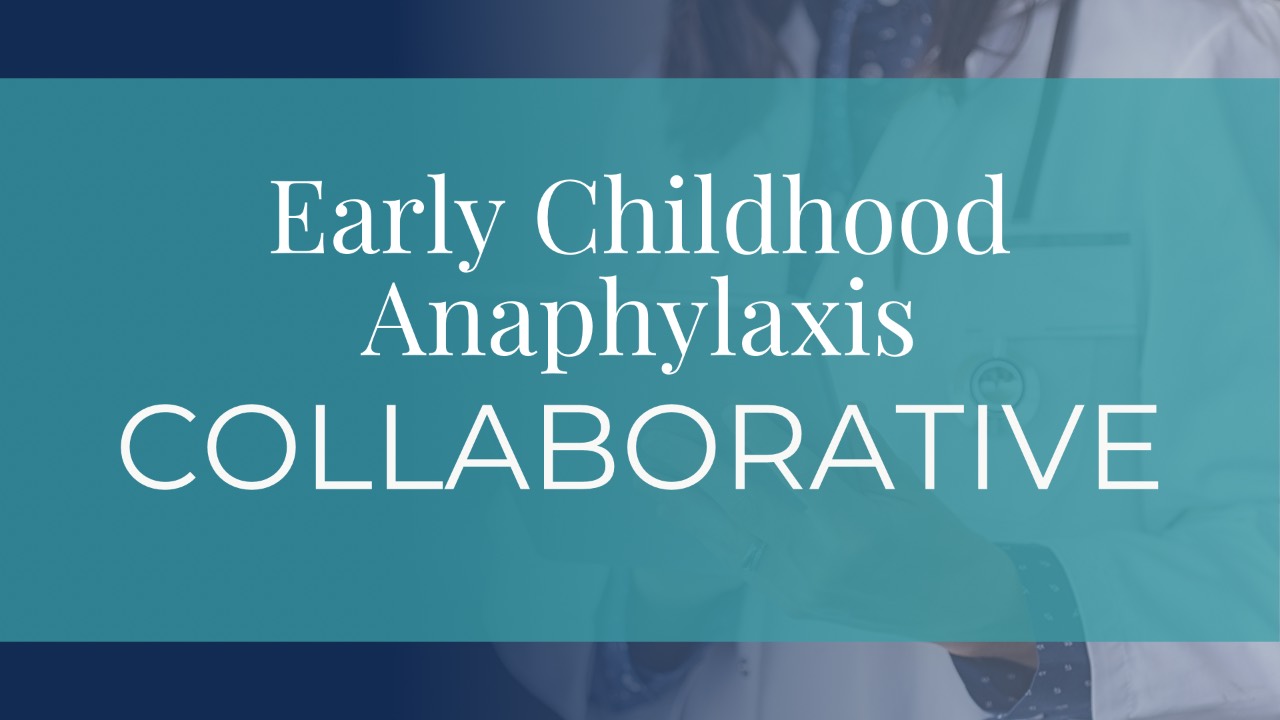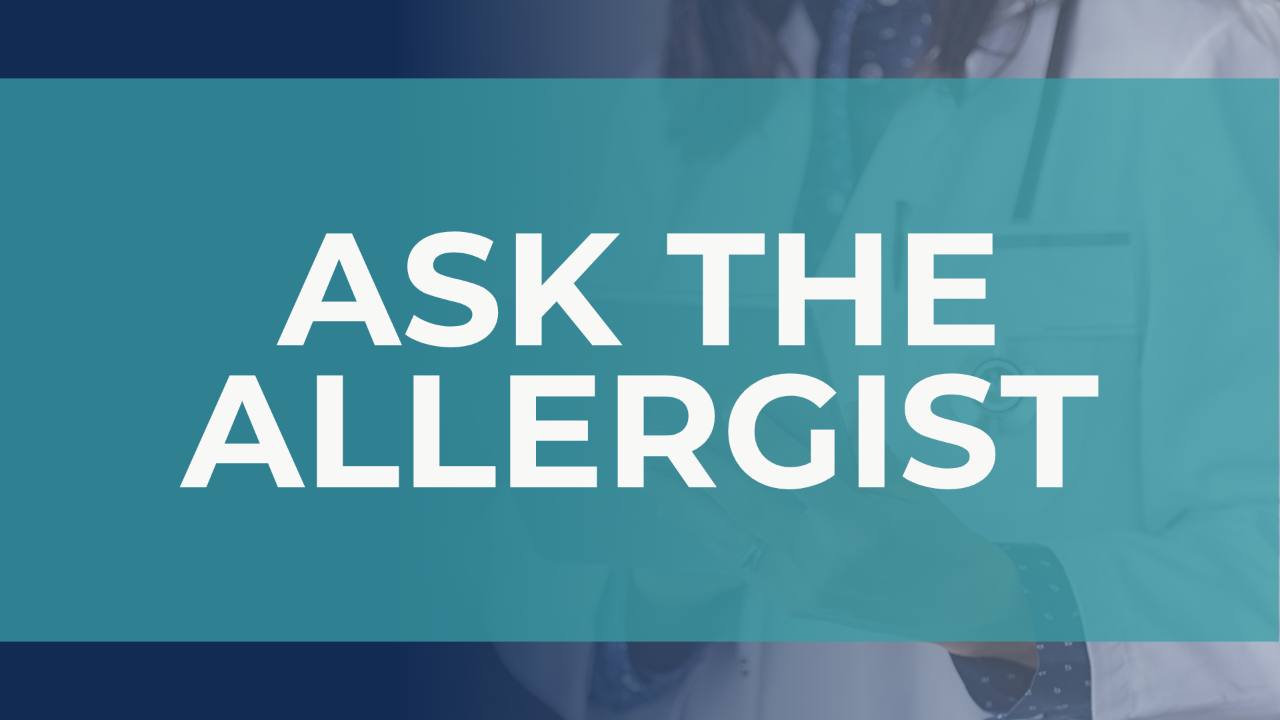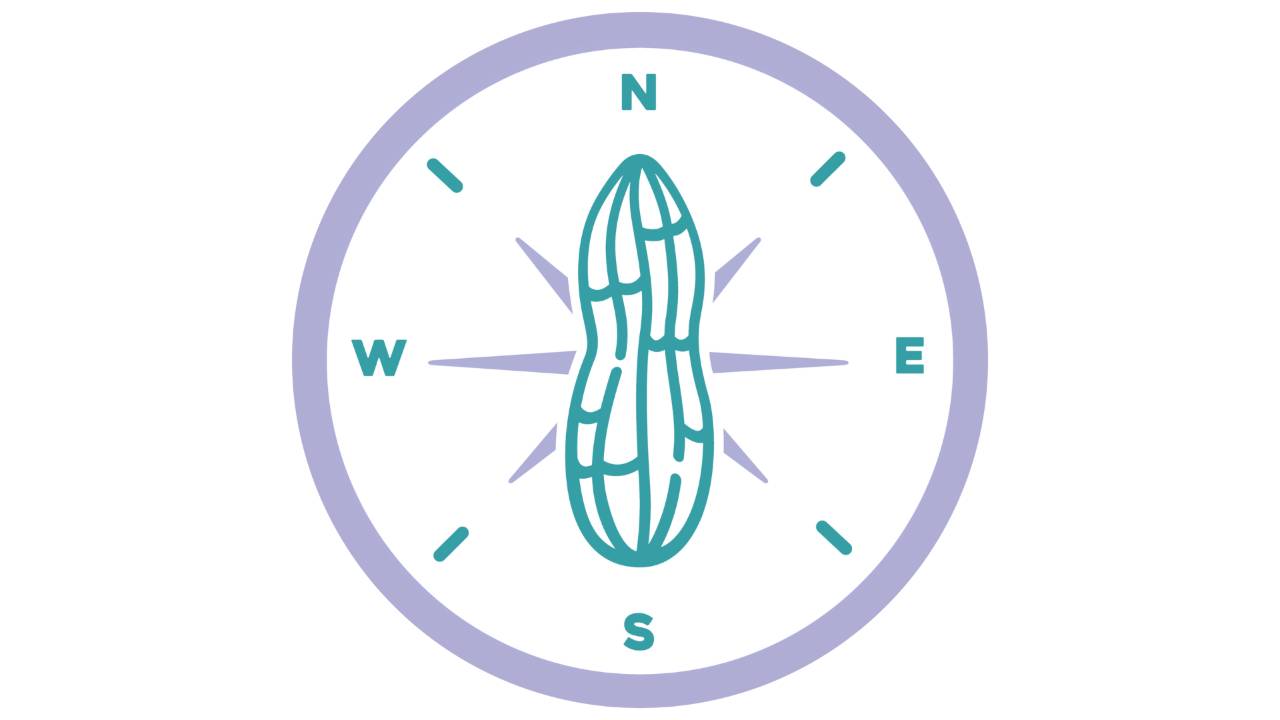Is OIT a good treatment for babies and toddlers with peanut allergies?
Food Allergy Friday 02.14.2025
Expert Updates for Pediatric Healthcare Providers
🧭 Your weekly compass in the evolving landscape of pediatric food allergies
This Week's Featured Article
Title: "Infant and Toddler Peanut Oral Immunotherapy: Initiation Before Age 2 Increases Ad-Lib Peanut Consumption"
Authors: S. Shahzad Mustafa, MD, Peter Capucilli, MD, Linh-An Tuong, MD, MSc, Denise Sanchez-Tejera, MD, Karthik Vadamalai, MD, Allison Ramsey, MD
Journal and Year: Journal of Allergy and Clinical Immunology: In Practice 2025
⚡️ Key Points in 30 Seconds
- IgE-mediated peanut allergy impacts 1-2% of children, and only ~20% will outgrow this allergy.
- In this cohort of 60 children ages 6-47 months, all participants began peanut oral immunotherapy (OIT) with the goal of reaching a goal dose of 3,000mg (which is equal to ~10 peanuts).
- Of the 60 participants, 5% were lost to follow-up, and 10% discontinued dosing. At the end of the study, 75% of participants were able to eat peanut ad lib, and 10% were consuming a fixed amount of peanut of at least 1,500mg (which is equal to about 5 peanuts).
- 26.7% of patients experienced adverse reactions - 5 patients experienced anaphylaxis, all of which were successfully treated with epinephrine.
- There were no deaths.
👉 Why This Article Matters for Your Practice
OIT is a legitimate treatment for food allergy, especially peanut allergy. when you have a patient see you for a well-child check, school physical, sick visit, or any other reason, consider discussing peanut allergy and, if they aren't already plugged in with an allergist who offers peanut OIT, consider making a referral if they are interested in learning more about treatment.
📊 Study Overview
Population: cohort of 60 children ages 6-47 months; all were diagnosed with IgE-mediated peanut allergy.
Design: This study prospectively observes how these young children respond to OIT.
Primary Outcome (regarding food allergy): Most children (85%) were able to tolerate significant amounts of peanut after undergoing high-dose peanut OIT. 26.7% of children experienced adverse reactions, a quarter of which were anaphylaxis and treated successfully with epinephrine.
Key Conclusions by the Authors: “Our study demonstrates that high dose POIT in infants and toddlers is well tolerated, and can lead to ad-lib introduction of dietary peanut products into the diet, especially if initiated before two years of age.”
Hoyt Commentary
OIT early in life is effective.
My first experience with OIT was nearly ten years ago. Even then, it was clearly effective and had a nice side effect profile, meaning kiddos - all of which, in my practice - were young (under 4 years-old.
Fast-forward a few years to my time at Cleveland Clinic, where I was blessed to have a leader who was supportive of me starting early OIT despite it not being the in vogue thing to do since I was using peanut butter instead of an up-and-coming pharma product (read my review of Palforzia here). But I knew peanut butter would be an accessible, relatively inexpensive, and de-medicalized way to build tolerance to peanut in these young patients. It worked and still works. I saw wonderful results in these young patients, and the earlier we started treatment, seemingly the better OIT went (click here for a podcast episode in which I interview a former OIT patient's mom).
This study did a good job of not just demonstrating the OIT works to desensitize patients - meaning teach their immune system to tolerated peanut while they are one treatment - but this study also demonstrated that children could transition from very regimented, high-dose (3,000mg) OIT dosing to free eating, and in a relatively short period of time (median of 7 months to complete the protocol).
For perspective, some peanut OIT protocols have a goal maintenance dose of 500mg, and after one year on 500mg, then patients have repeat labs and, if lower, then maybe an ingestion challenge. This study was different in that it dosed up to a 3,000mg goal dose and, after being on 3,000mg for two weeks, patients could eat peanut ad-lin while continuing the 3,000mg/day; after two weeks of ad-lib plus the 3,000mg, patients could stop the 3,000mg and just eat peanut ad-lib.
Yep. Most of these babies went from allergic to eating peanut ad-lib, in under a year.
OIT early in life is safe.
Were there reactions? Yes. 26.7% of children experienced at least one allergic reaction. While most of those reactions did not require epinephrine, 22.7% of reactions did require epinephrine. All this means that most children tolerated this OIT without much excitement. (OIT is supposed to be uneventful!)
Interestingly, there was not a significant difference in reaction rate base on age. I suspect that is because this study was limited to young children, and I do see a difference in how well children do with OIT if they are under 4 years-old compared to being 4 years-old and up. It's not that kids 4 and up can't undergo OIT - that absolutely can, and it can be quite successful. But OIT in younger kids (under 4 years of age) is simply less eventful.
Overall, this study did a great job getting kids to free eating their allergen in a relatively short period of time and while keeping them safe.
Patient Communication Tips
🗣️ Key Messages for Families
- IgE-mediated peanut allergy self-resolves in 20-30% of children, but OIT can help babies grow significant tolerance to their allergen and even free-eat in 75% of patients who start OIT before 4 years of age.
- OIT is safe. While adverse reactions, they are often not severe, and even the severe reactions are treated well with epinephrine.
Sample Script:
"Peanut allergy is not what any parent wants for their child, but there is treatment that teaches a child's immune system to tolerate peanuts. It's called oral immunotherapy - OIT. Let's get you referred to an allergist who offers OIT so you can learn more about it."
🧐 Quick Quiz
After perusing the article, test your knowledge with this single question:
By the end of this study, what percentage of patients were tolerating some amount of peanut?
A. 35%
B. 57%
C. 85%
D. 98%
Answer and explanation provided in next week's newsletter. ✔
Last week’s answer: A. 28% of participants still had milk allergy at 17 years of age.
Share this newsletter! Simply forward it to a colleague. 👍 And they can visit foodallergypedshub.hoytallergy.com.

'Food Allergy Friday' is curated and written by Dr. Alice Hoyt. Dr. Hoyt is board-certified in allergy & immunology, internal medicine, and pediatrics. Her clinical expertise is in food allergies, and she serves patients with her team at the Hoyt Institute of Food Allergy.
Share this newsletter! Simply forward it to a colleague. 👍 And they can visit foodallergypedshub.hoytallergy.com.





